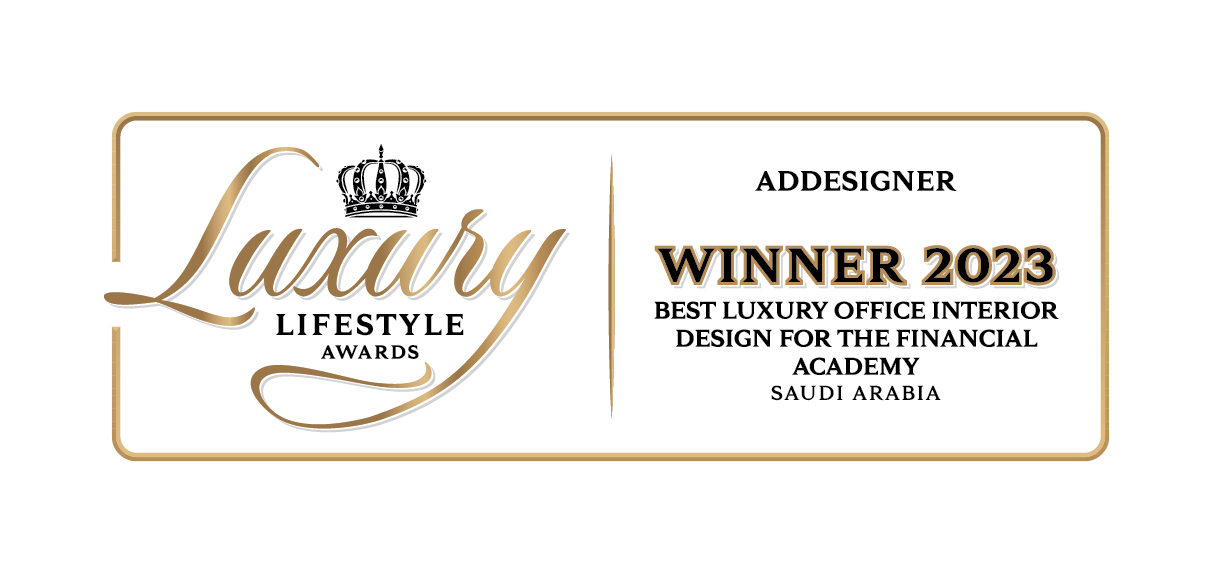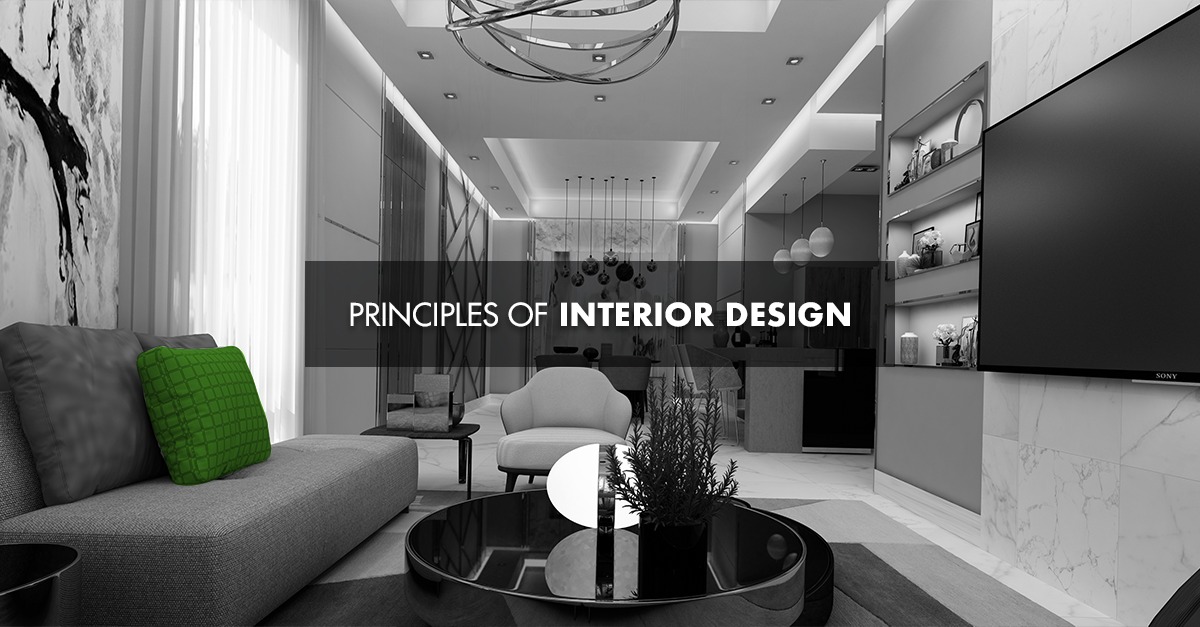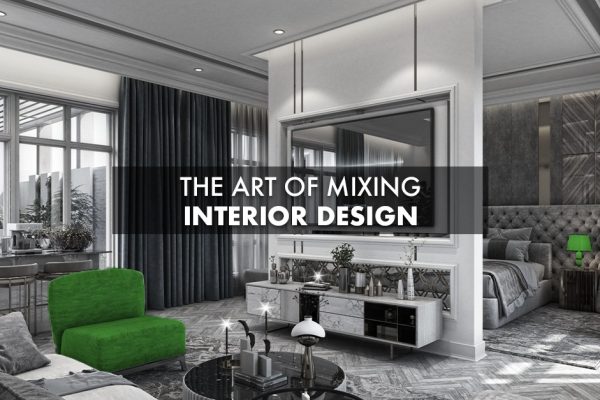Principles of Interior Design
Principles of Interior Design
Understanding the basic principles of interior design
Understanding the basic principles of interior design is essential for creating a functional and aesthetically pleasing space.
The first principle is functionality and purpose, which involves considering the intended use of
the space and selecting furniture and decor that serve that purpose.
Additionally, it is important to consider the mood and personality
of the space to ensure that it reflects the desired atmosphere.
Space planning is also crucial in the interior design
process, as it ensures that the space is optimized for its intended use.
Achieving balance and proportion is another
important principle of interior design.
- Balance refers to the visual weight of objects in a space and can be achieved
- through the distribution of objects and furniture in a room.
- Proportion, on the other hand, refers to how the elements within an object relate
- to the object as a whole, and how objects relate to the size of the room.
Achieving proper balance and proportion creates a visually pleasing and harmonious space.
Harmony and unity are also essential principles of interior design.
- Harmony refers to how all the pieces of furniture, decor, and color work together to create a cohesive and aesthetically pleasing space.
- Unity is achieved when all the elements in a space combine to make a balanced and harmonious whole.
By considering these principles, interior designers can create spaces that are not only beautiful but also functional and comfortable.
Applying the principles of interior design to different spaces
The principles of interior design can be applied to different spaces to create a well-designed and functional environment.
When designing a living room or bedroom, it is important to consider the principles of balance, rhythm, harmony, emphasis, and proportion.
The furniture arrangement should be balanced, creating a sense of symmetry in the room.
Rhythm can be achieved through the use of repeating patterns or colors, while harmony can be achieved through the use of complementary colors and textures.
Emphasis can be created by highlighting a focal point, such as a fireplace or a piece of artwork, and proportion should be considered when selecting furniture and decor.
By applying these principles, a living room or bedroom can become a comfortable and visually pleasing space.
In the kitchen and dining room,
functionality is key. The work sequence and kitchen triangle are important principles to consider when designing a kitchen.
The work sequence involves arranging the kitchen in a way that makes it easy to move between the sink, stove, and refrigerator.
The kitchen triangle refers to the placement of these three elements in a triangular pattern,
which helps to optimize efficiency in the kitchen. In the dining room, furniture and ergonomics, storage,
feature lighting, and finishing touches such as accessories should be considered to create a welcoming and functional space.
By applying these principles, a kitchen and dining room can become a space that is both aesthetically pleasing and practical.
When designing an office or commercial space,
it is important to consider the principles of balance, alignment, emphasis, proportion, repetition and movement, contrast, and negative space.
Keeping structures versatile and considering technology implementation are also important principles to consider in commercial interior design.
The layout and flow of the space should be carefully considered to create an environment that is both functional and visually appealing. Practicality, functionality, and budget should also be taken into account when designing a commercial space.
By applying these principles, a commercial space can become a place that is not only visually pleasing but also conducive to productivity and success.













